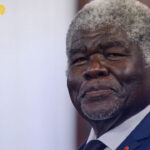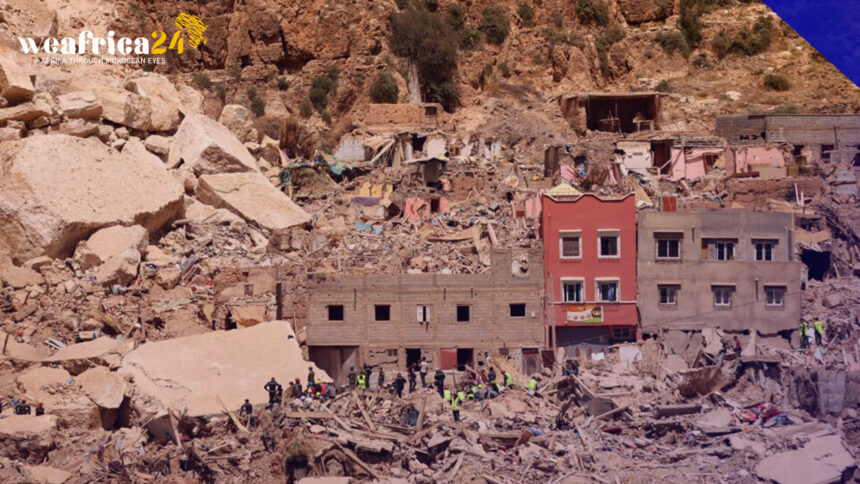One week after a devastating earthquake struck the kingdom of Morocco, claiming 2,946 lives and leaving over 15,000 people homeless while destroying tens of thousands of homes, Morocco is already focusing on the path to recovery.
The pressing questions that now confront Moroccan authorities and architects are how to ensure the start of the school year with 500 schools reduced to rubble, and more importantly, how to rebuild after the destructive earthquake that struck just a week ago. The first step is to assess the situation – should the damaged homes be demolished or restored?
Architects have mobilized themselves promptly, participating in building inspections starting Saturday morning. “We’ve compiled lists, and we have hundreds of volunteer architects,” explains Jawad el-Basri, president of the Order of Architects in Marrakech.
Collective Buildings
In the reconstruction effort, the priority lies with collective facilities such as schools, mosques, and clinics, which need to resume functioning as soon as possible. “In Marrakech alone, 86 schools were affected,” he points out. “We have set up committees specifically for these socio-collective facilities. There’s extraordinary coordination. Every effort has been focused on avoiding dispersion.”
Architects are advocating for an integrated model, determined not to repeat past mistakes. “We’ve urged the authorities to work urgently but not hastily, and to develop a specific urban and architectural model,” emphasizes one architect. “We’re asking that the authorities in charge of rebuilding this area have an integrated plan.” Architects aspire to be instrumental in enhancing the daily lives of their fellow citizens.
Residential Buildings
As for residential buildings, there is no official estimate yet of the number of structures destroyed. Nevertheless, the scale of the task at hand is immense, acknowledges Soufiane Abad, a civil engineer at Qualiconsult, a Moroccan construction firm. “Currently, the authorities have chosen, and I believe it’s the best option, to categorize buildings that have suffered major damage,” he states. “They’ve decided not to allow citizens and residents to stay in these buildings. Even if they are standing, the extent of cracking and impact has not been evaluated at this stage, so it’s safer to keep the inhabitants away to prevent potential collapse.”
Roads
Rescue operations are still ongoing to recover bodies from the debris. However, to reach the most remote villages, access via road is crucial. Unfortunately, the earthquake also damaged roads, causing significant landslides in some areas. Bouchaïb Safir, president of the Moroccan Roads Association, outlines the extensive efforts needed to clear access routes. “To clear these roads, there has been an impressive mobilization of personnel and machinery,” he describes. “Public works companies, in general, responded to the call of the Moroccan Roads Association in coordination with the Ministry of Equipment, Public Works, and Water. From early Saturday morning, these companies deployed a substantial fleet of heavy machinery, including bulldozers, loaders, excavators, and debris removal trucks. Teams of skilled workers were also dispatched to coordinate all these efforts.”







